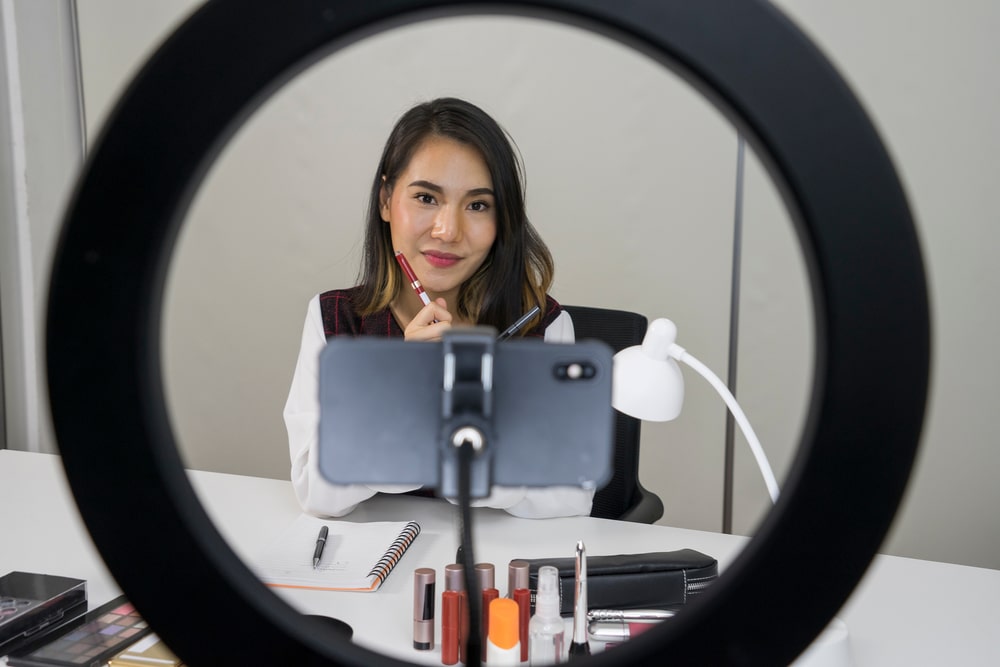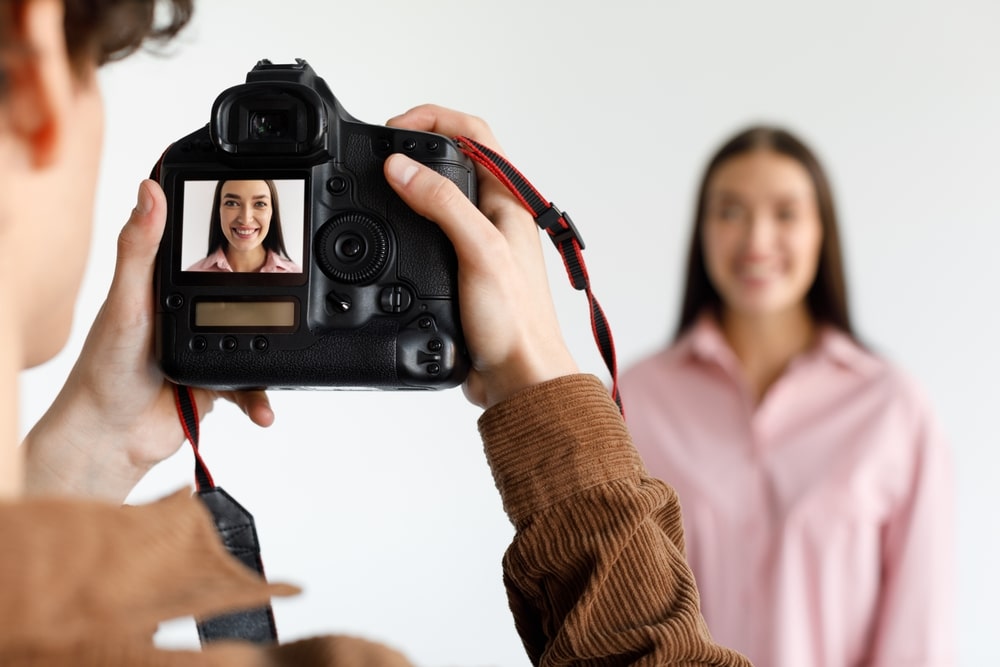What makes a good photo for media?
High-quality images capture attention, evoke emotion, and enhance engagement, whether for news, social media, advertising, or company branding. But what really makes a good photo for media? Read on and find out...
A strong media photo balances composition, storytelling, technical quality, and emotional impact. Below, our Peppermint Soda in-house photographer breaks down exactly what makes a good media photo and how you can take one.
Strong Composition
Composition is the arrangement of elements within a photo. A well-composed image directs the viewer’s eye to the focal point. Several points help achieve a strong composition:
The Rule of Thirds – One of the most common composition techniques, the rule of thirds divides the frame into nine equal sections using two vertical and two horizontal lines. Placing the subject at the intersections of these lines creates a dynamic and visually appealing image.
Leading Lines – Lines within an image—such as roads, fences, or architectural structures—guide the viewer’s eye toward the subject, adding depth and movement to the shot.
Framing – Natural frames, such as doorways, windows, or tree branches, can focus attention on the subject and add depth to the image.
Symmetry and Balance – A well-balanced image is aesthetically pleasing. Symmetry can create harmony, while asymmetry can generate tension and intrigue when used intentionally.
Storytelling: Creating an Emotional Connection
Media photography is about more than just taking a good picture. An excellent media photo communicates a message and leaves a lasting impression.
Capturing the Right Moment – Timing is everything in photography. In media, the most powerful images often emerge in split seconds, whether capturing a political rally, a sports event, or a candid street scene.
Emotion and Expression – A strong media photo conveys genuine emotion, whether it’s the joy of a winning athlete, the sorrow of a grieving family, or the determination of a protestor. Faces, body language, and interaction between subjects help communicate these emotions.
Context and Background – The setting and environment of an image add context, making the story more compelling. For instance, a portrait of a firefighter against a backdrop of smouldering ruins tells a much stronger story than a generic close-up.
Visual Contrast and Juxtaposition – Contrasting elements—such as wealth and poverty, young and old, or nature and technology—can make an image stand out. Thoughtful juxtaposition can add layers of meaning and create thought-provoking visuals.
Technical Quality: The Foundation of a Professional Image
Regardless of how compelling a subject or moment is, poor technical execution can weaken a photo’s impact.
Lighting and Exposure – Lighting is one of the most critical aspects of photography. A well-lit image enhances clarity and mood.
- Natural Light: Morning and late afternoon provide soft, warm light, while midday sun can be harsh. Overcast skies produce diffused, even light.
- Artificial Light: Flash, studio lighting, or streetlights can be used creatively to enhance the subject.
- Exposure: A properly exposed image ensures details are visible in both the highlights and shadows. Overexposed or underexposed images can lose crucial details.
Sharpness and Focus – A good media photo must be sharp, with the subject clearly in focus. Blurry images often fail to convey their intended message.
- Depth of Field: A shallow depth of field (sharp subject, blurred background) is excellent for portraits, while a deep depth of field keeps everything sharp and useful for landscapes and documentary photography.
- Autofocus vs. Manual Focus: Autofocus works well for fast-moving subjects, while manual focus can provide precision in controlled environments.
Colour and Contrast – Vibrant colours create striking images, while muted tones can create a more sombre mood. Black-and-white photography is also a powerful storytelling tool, emphasising contrast, texture, and emotion.
Framing – A good photo should be well-framed and free of unnecessary distractions. Cropping can be used to tighten the focus and eliminate distracting elements.
Relevance to the Medium and Audience
Different types of media require different kinds of images. A successful photo considers its intended use and audience.
News Media – For journalism, authenticity is key. Photos must be truthful representations of events, avoiding excessive editing or staging. The best news photos are timely, relevant, and emotionally powerful.
Social Media – On platforms like Instagram, X, and Facebook, eye-catching images with high contrast, vibrant colours, and strong composition perform best. Simplicity is crucial since viewers often scroll quickly.
Advertising and Branding – For commercial purposes, images should align with a brand’s identity and message. They should be high quality, engaging, and carefully curated to attract and retain consumer attention.
Documentary and Editorial Photography – This style of photography often tells a deeper story. A series of images may illustrate an article or documentary, requiring consistency in style and tone.
Editing and Post-Processing: Enhancing Without Overdoing
Post-processing is essential in refining a good photo, but excessive manipulation can diminish authenticity.
Basic Adjustments
- Brightness & Contrast: Enhancing light and dark areas for better visibility.
- Colour Correction: Adjusting white balance and colour tones for a natural look.
- Sharpening: Making the subject stand out without adding artificial-looking details.
Ethical Considerations – In journalism, excessive editing that alters the truth is discouraged. However, in commercial photography, creative retouching is more accepted.
Practical Tips for Capturing Media-Worthy Photos
Know Your Subject: Research your topic beforehand to anticipate key moments.
Be Ready: Always have your camera set up for quick shots, especially in fast-paced environments.
Use the Right Gear: A high-quality camera and lens can make a difference, but even smartphones can produce excellent results with good technique.
Look for Unique Angles: Changing perspective can make an image more engaging.
Keep Shooting: The best image is often one of many, so take multiple shots.
Edit Thoughtfully: Minor tweaks can enhance a photo but avoid over-processing.
Want to know more? Email us at [email protected]
Read all about it...
LATEST NEWS

10 Ways Professional Video Content Boosts Engagement Online

Video Content Production vs. Podcast Creation: Which Works Best for Your Brand?



